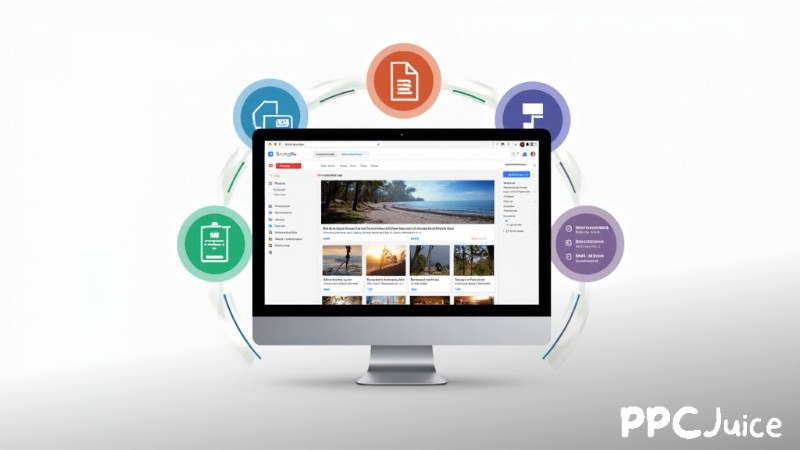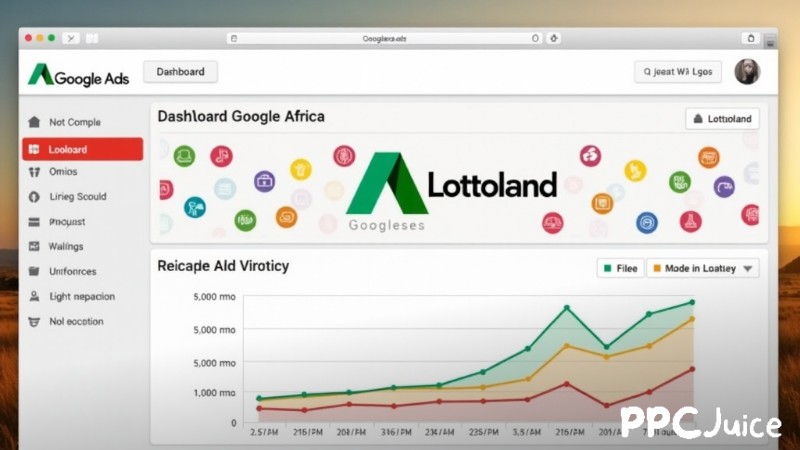
Are you losing money on Google Ads without seeing the returns you hoped for? Many businesses unknowingly make mistakes that eat into their pay-per-click (PPC) budgets, often leaving them frustrated with poor results.
It’s widely recognised that various factors, such as clicks from bots and fake user profiles, can lead to wasted ad spend. According to recent reports, data collected by Lunio indicates that typically 10-20% of ad spend is wasted on such invalid clicks. These errors add up, turning what could be a powerful marketing tool into a financial drain.
Whether you’re new to Google Ads or have been running campaigns for years, it’s essential to spot these common pitfalls. Fixing them can save you thousands and improve your overall return on investment (ROI). Let’s dive into the most common Google Ads mistakes and how to fix them.
Key Takeaways
Many businesses unknowingly make mistakes that drain their Google Ads pay-per-click budgets, resulting in poor results.
- Neglecting proper keyword research can lead to irrelevant clicks and wasted ad spend.
- Weak Ad copy and poor landing pages can result in low click-through rates and unconverted leads.
- Mismanaging your budget by not adjusting it based on performance or using automated bidding strategies can lead to waste and underperformance.
Neglecting proper keyword research
Keywords are the backbone of any Google Ads campaign. Without detailed research, your ads might attract the wrong audience. One frequent mistake is targeting overly broad keywords. For instance, bidding on generic terms like ‘shoes’ instead of specific ones like ‘affordable trainers for men’ often results in irrelevant clicks.
Using tools like Google Keyword Planner or SEMrush can help you identify high-performing keywords that match user intent. Don’t forget to add negative keywords—terms you don’t want your advert to appear for. For example, if you sell premium products, adding ‘cheap’ as a negative keyword can filter out unqualified leads.
Another common issue is failing to refine your audience targeting. Google Ads offers options to target specific demographics, locations, and interests. Taking advantage of these features ensures your budget is spent reaching people most likely to convert.
Weak advert copy and poor landing pages
Even the best keywords won’t save you if your ad copy fails to engage. Adverts with vague or uninspiring text tend to have low click-through rates (CTR). A successful advert grabs attention immediately with a strong headline and clear call-to-action. For example, instead of ‘Buy Now,’ a phrase like ‘Shop Today for 20% Off’ can make a significant difference.
The journey doesn’t stop at the advert itself. If your landing page doesn’t deliver what the advert promises, users will leave without converting. This increases bounce rates and wastes ad spend. Each campaign should have a dedicated landing page tailored to its message. Ensure these pages are mobile-friendly, quick to load, and easy to navigate, as over 50% of traffic now comes from mobile devices.
Mismanaging your budget
Budget allocation is another area where businesses struggle. Spending too little on a campaign might mean your ads aren’t shown enough while overspending without a clear plan leads to waste. Many businesses fail to adjust their budgets based on performance, missing opportunities to scale successful campaigns.
One way to avoid this mistake is by setting clear budget goals backed by data. Use insights from previous campaigns to determine the right amount to allocate. Automated bidding strategies, like Target CPA (Cost Per Acquisition) or Maximize Conversions, can also help distribute your budget effectively, ensuring better results for your spending.
Overlooking campaign monitoring
Running a Google Ads campaign isn’t a ‘set it and forget it’ process. Failing to monitor your campaigns regularly can cause small issues to spiral into significant problems. Metrics like CTR, cost per click (CPC), and conversion rates provide valuable insights into what’s working and what isn’t.
Regularly reviewing performance reports allows you to make data-driven adjustments. For example, if a particular ad group underperforms, reallocating resources to higher-performing ones can maximise your ROI. Google Ads also offers automated tools to help track campaign performance, but human oversight remains crucial to catch nuances and adjust strategies.
There you have it! Avoiding these common mistakes can significantly improve the efficiency of your Google Ads campaigns. Focus on proper keyword research, write engaging ad copy, improve your landing pages, and keep a close eye on your campaigns. Make every pound work harder and see your campaigns succeed.

